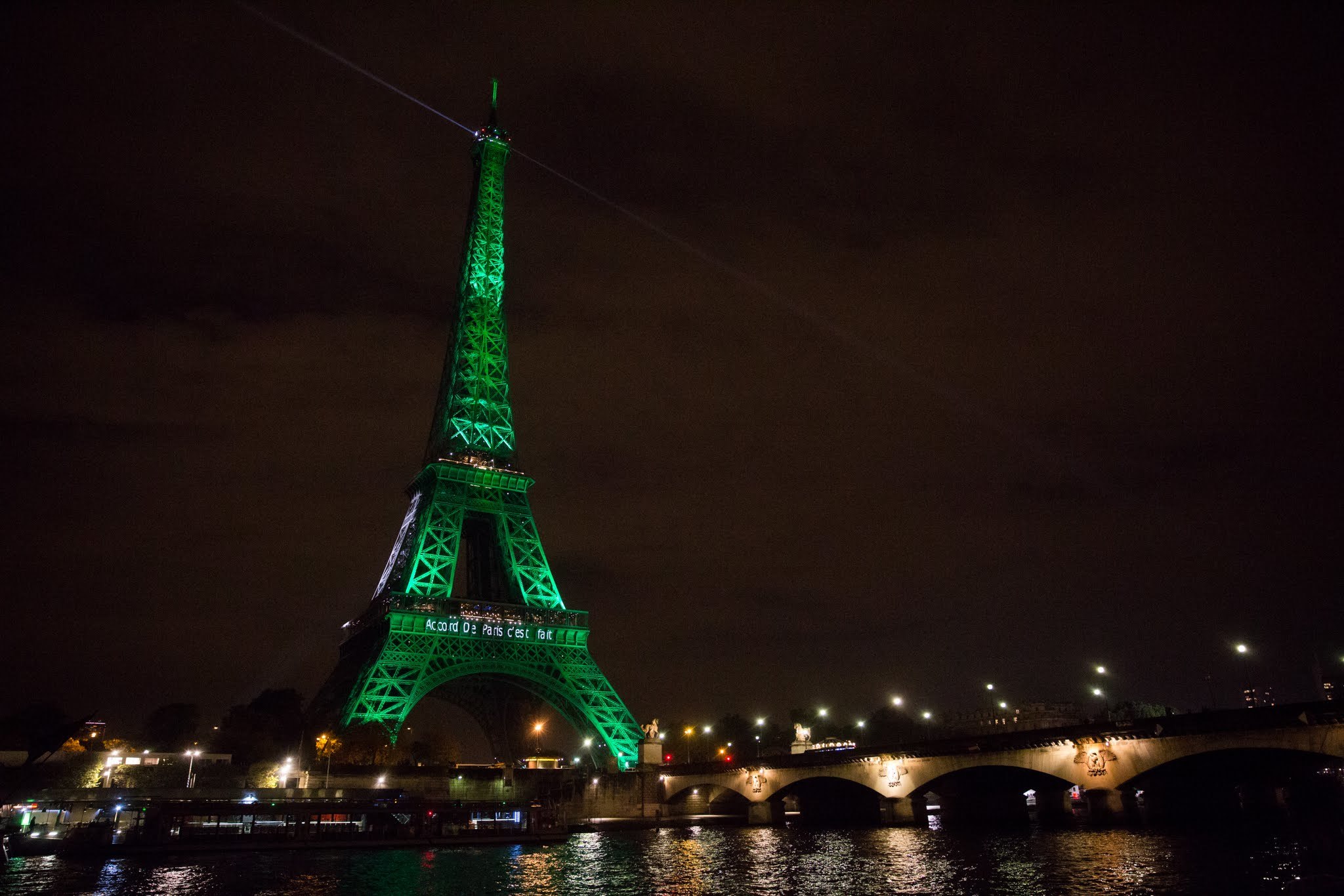It all started in the tiny village of Bermudian Landing, Belize District when a group of women decided to step out of their shells to face the challenges that were affecting their families, communities, and society. Women whose parents could not afford secondary education back in the 50’s, were the most vulnerable with few opportunities. A choice had to be made whether to stay home forever, or marry early to a man who was supposed to take care of all their needs. As a result, rural women referred to as ‘village gals’ were known to make great wives, excellent housewives/maids, cooks, or stay-at-home moms, and often left to raise their children alone as the dads were gone most of the day, coming home exhausted after a hard day’s work at the farm.
The good side of this lifestyle was that we used to eat healthy with all organically grown food. Although many could not afford the city lights and all the camouflage foods on the shelves, we were never hungry. As the years went by and farms were being damaged by hurricanes winds and floods, the residents started to migrate to the urban areas looking for work. Parents increasingly saw the need to educate their children so they could have a better life. Males were more privileged than females when it came to permission to migrate, or to go to high school in the city. Back then some parents refused higher education to girls in fear of them becoming too civilized and getting pregnant. They didn’t want to waste their money.
When religious institutions started to build schools in the communities back in the 50’s, women started going into teaching, which at the time did not require a secondary education if you had completed 8 years of primary school/grade school and were a member of the church. The principal would train them as helpers and eventually they were allowed to sit exams to move on to a teaching career.
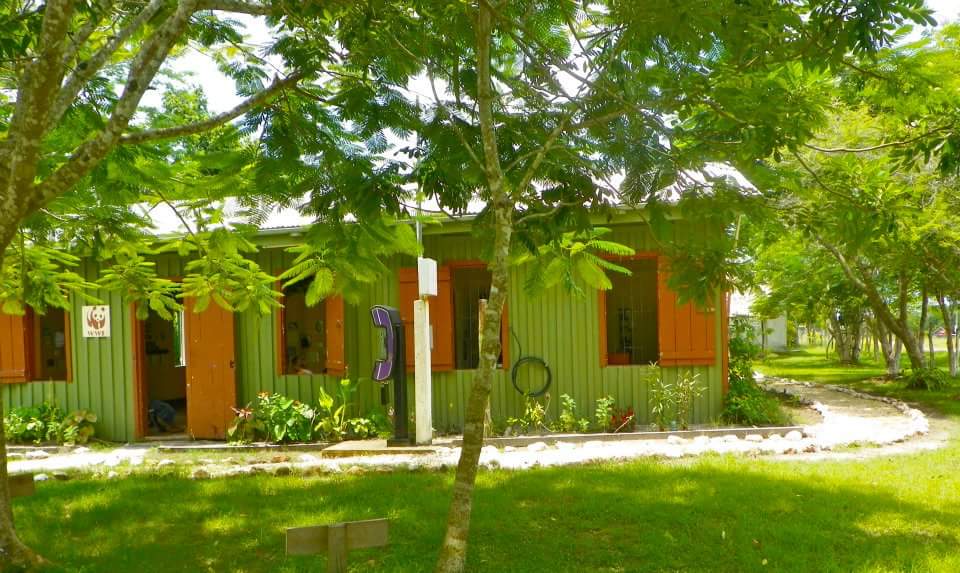
Photo Credit: Community Baboon Sanctuary
Though it was not until the 60’s that women increasingly began to get exposed to work, the majority of females in the Belize River Valley are teachers. Nevertheless, the teachers and other women who were now working outside their home still suffered from physical, mental and psychological abuse. Birth control was and remains seen as a sin by the church, and frequently households have up to 14 children or more. We work long hours and must come home to do the chores such as making dinner, assisting kids with homework, getting them ready for bed, then getting everything ready for the next day while many of the husbands are out socializing with friends. If they come home drunk, they expect the food to be ready waiting for them.
These chores are still seen as women’s responsibility by majority of men in our communities. Boys are raised not to do it for fear of being too feminine. Yet when the girls are doing the boys’ chores, they are not seen as too masculine, thus the gender discrimination continues. Migration into the urban areas came with its own problems as drugs and alcohol use became more prevalent. Life didn’t get better: poverty became more prominent as income was spent on alcohol and entertainment. Notably, women and children suffered the most.
When Dr. Robert Horwich, a primatologist from Gays Mills, Wisconsin, visited Belize and the community of Bermudian Landing to conduct research on the black howler monkeys in 1981, I knew this was going to be a way for me to inspire other women. Working with him for four years answered many questions I had about the forest and wildlife.
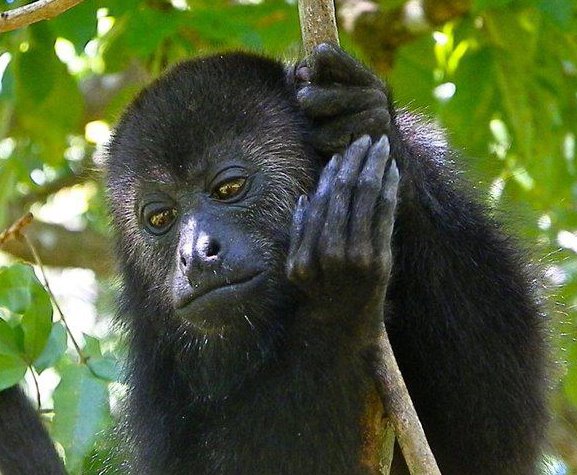
Photo Credit: Community Baboon Sanctuary
On February 1985 the Community Baboon Sanctuary (CBS) was established to protect habitats of the black howler monkeys locally called ‘baboons’. The need for the Sanctuary arose when it became clear that that these species were under tremendous pressure due to extensive habitat loss throughout its limited geographic range of Belize, Mexico and Guatemala. As a result, they were considered endangered.
Dr. Robert Horwich, while studying the monkeys in Mexico, saw a film called Amate the Great Fig Tree by Richard and Carol Foster, filmed in Bermudian Landing community in Belize in which the monkeys lived in peaceful co-existence with the villagers. Intrigued about this co-existence, Dr. Horwich visited Bermudian Landing in 1981 where he met Fallet Young (now deceased), and his future wife Jessie Young. Fallet was the Chairman of the Village council – the highest authority in the community. Together they conducted research on the monkeys from 1981 up to 1984 which ultimately culminated with the formal establishment of the Community Baboon Sanctuary in February 1985.
The Community Baboon Sanctuary, a model grassroots initiative was the first of its kind in the world: private landowners were asked to sign voluntarily pledge to protect monkeys’ habitats.
The CBS has stood for 28 years as an example of community-based conservation and helped define a whole new category of protected area both in Belize and globally. Given its historical importance, CBS has received much local, national and international attention.
More importantly, the CBS has had a catalytic effect on rural communities in Belize, Belizean NGOs and the Government of Belize. This catalytic impact led to a wave of community-based conservation and ecotourism projects across Belize and spawned the development of co-management agreements around Belize.
Today, CBS still remains an important conservation presence in Belize, those associated with it have amassed up to 28 years of experience in working through the complicated dynamics involved in managing such a complex ecological and socioeconomic landscape. Thus, the Community Baboon Sanctuary Women’s Conservation Group (CBSWCG) and the CBS both play an important part in the conservation and sustainable development community in Belize and have earned a strong voice in the national conservation discussion.
During this time, the main economic activities in the village included small-scale slash and burn agriculture, timber extraction (logging), mining, hunting and poaching (game species) and fishing. Harvesting non-timber forest products and livestock rearing was also practiced, which increased the need for clearing forest to be used for pasture and clear-cutting Riparian forest for easy river access for drinking water. Women and men from the area would commute daily to Belize City to find work in the textiles and merchant businesses. Tourism was non-existent.
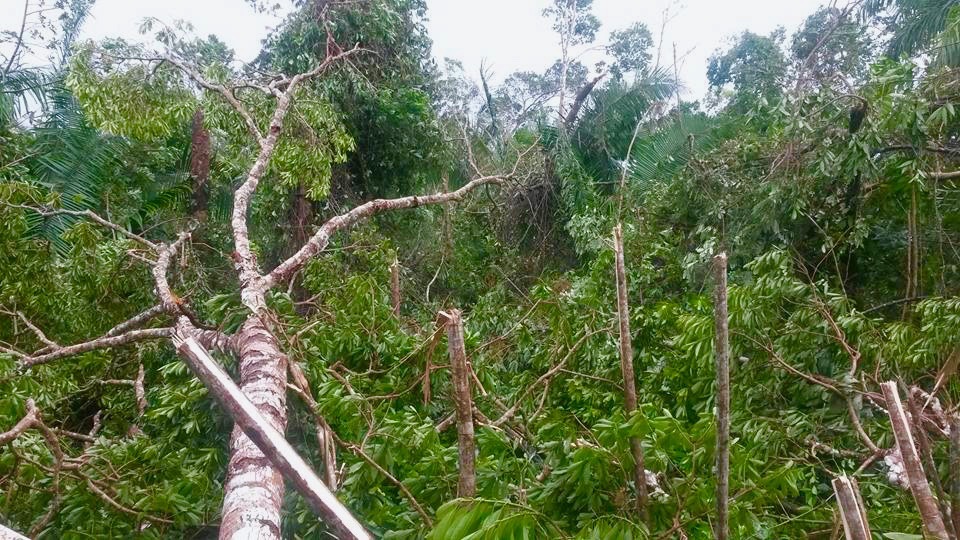
Photo Credit: Community Baboon Sanctuary
The establishment of CBS spurred a new vision for landowners who were asked to sign a model voluntary pledge and leave strips of forest between property boundaries when clearing for milpa slash and burn plantations.
Members were asked to avoid cutting the trees the monkeys ate from, clearing the river to protect against erosion and washing away nutrients from the soil and farms resulting in poor crop yields. The question was, what was in it for me? At the inception of the CBS, the benefits were conservation education and awareness and reliance on the conservation practices mainly to farmers and ranchers. Very little income was derived from tourism.
After about 2 years, tourism started increasing and more people were able to benefit economically from conducting monkey tours on their properties.
Several years later, in 1997, challenges such as finance, management, and other internal issues started to emerge and eventually resulted in the closure of the Sanctuary office for a little less than a year. For me, having been on the back burner for years, it was time to take charge as I could not let such a great initiative where human and wildlife co-existed be lost forever.
In 1998, I immediately moved into action, inviting active women leaders from the eight communities who I thought had leadership qualities, to attend a meeting with the possibility of forming a women’s group. It later became the Community Baboon Sanctuary Women’s Conservation Group (CBSWCG), made up of a female representative from each of the eight communities involved.
In August 1998, our group was legally registered as a not-for-profit Community-Based Organization and later became an NGO in 2006. Our first financial donation came from the owners of the then Jungle Drift Lodge who paid the legal fees for the registration of the group.
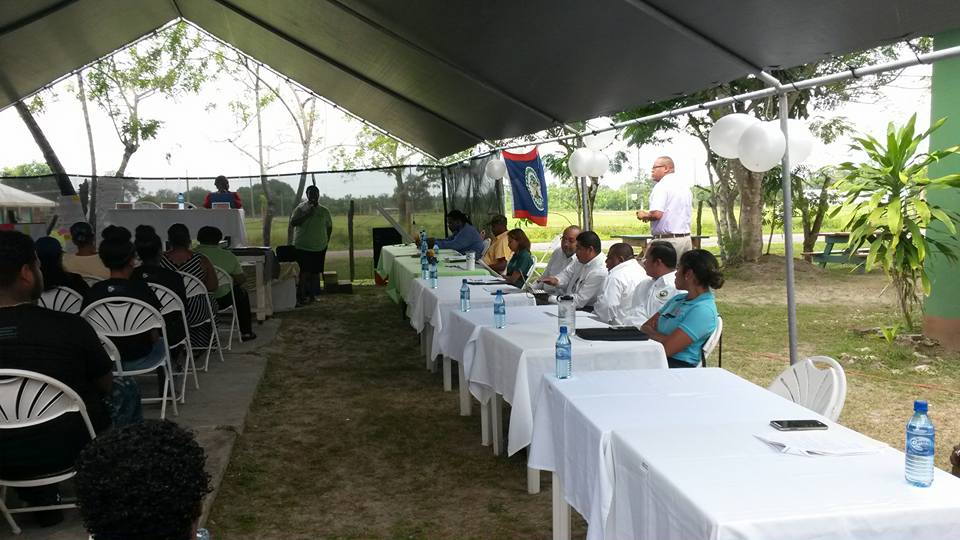
Photo Credit: Community Baboon Sanctuary
Following the registration, we then petitioned the members/landowners of the CBS to give us permission to take over the management of the Sanctuary. We received full support from the members. Nineteen years later, the CBSWCG is still at the management helm.
We have expanded the Sanctuary membership from 70 to 240 and are able to maintain a healthy population of howler monkeys that have grown from 800 in 1985 to over 4,000 in 2003 (last recorded census). The CBSWCG operates within the Belize River Valley which is at the heart of the Kriol culture, and manages the Community Baboon Sanctuary, a private voluntary protected area.
As local members of the CBSWCG, we know how it feels not to be empowered, not to be able to be self-sufficient or independent. We know what it’s like not being able to go to high school, to be marginalized and abused. Yet, we are excellent managers of our homes, our farms, doing our job in silence while the men get recognition. For this reason, members of the CBSWCG are more inspired to take charge in improving livelihoods and to empowering women.
The Community Baboon Sanctuary Women’s Conservation Group has five main Goals with alternative livelihood opportunity becoming a major focus. We are aware that without provision of alternative livelihood sources to forest users, all conservation work is meaningless. There will be no clean water, no food security, increases in diseases, and poverty.
As a result, CBSWCG has embarked on projects that stay-at-home women and our members could engage in to increase their household income while providing food for their families. Some of the projects include livestock farming, backyard organic vegetable farming backyard fish farming, agroforestry, training in capacity building and advocacy, as well as micro- finances for existing or new businesses. We have also provided four secondary tuition scholarships each year for deserving students.
These projects provide families with an alternative source of income, capacity building and skills that, when put to practice, reduce reliance on the forests, while simultaneously securing the habitat of the black howler monkeys, benefiting the wildlife.
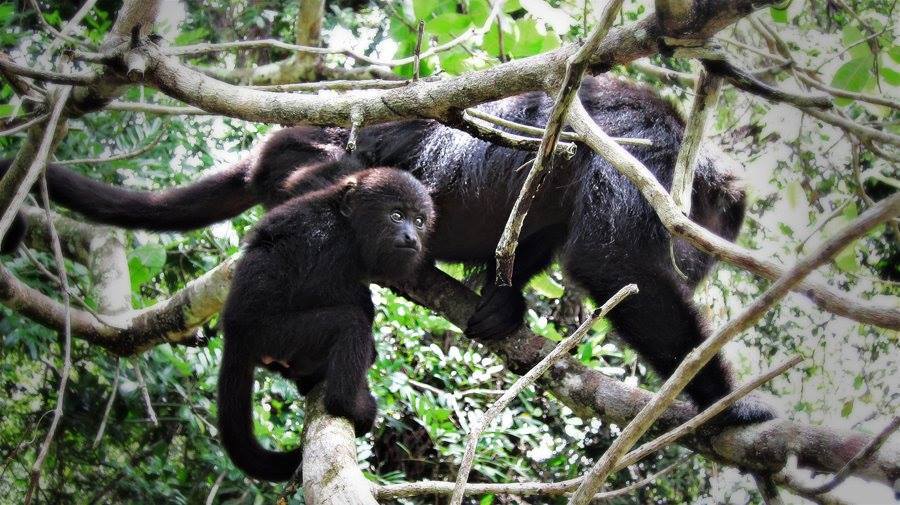
Photo Credit: Community Baboon Sanctuary
Yet all was not as good as it seemed. In 2013, questions came from the project recipients since they were producing in excess of family consumption. The questions were then asked: What are we going to do with all these products and produces? The market in Belize City was overflowing and distance and transportation became issues for farmers and entrepreneurs.
The CBSWCG then decided to hold community-wide consultations. The idea of Eco-tourism and Commerce Expo were identified and implemented in February 2014, to market the products of the beneficiaries of the CBS alternative livelihood programs to Belizeans to be followed by weekly market days.
The CBS operates on a budget of $50,000.00 per annum that is collected from tours and other services provided to visitors, as well as small donations from friends. We have four full-time members of staff are and three freelance tour guides. The CBSWCG membership and the Advisory board are both volunteer-based. Thus, we rely on donor funding to implement projects and programmes.
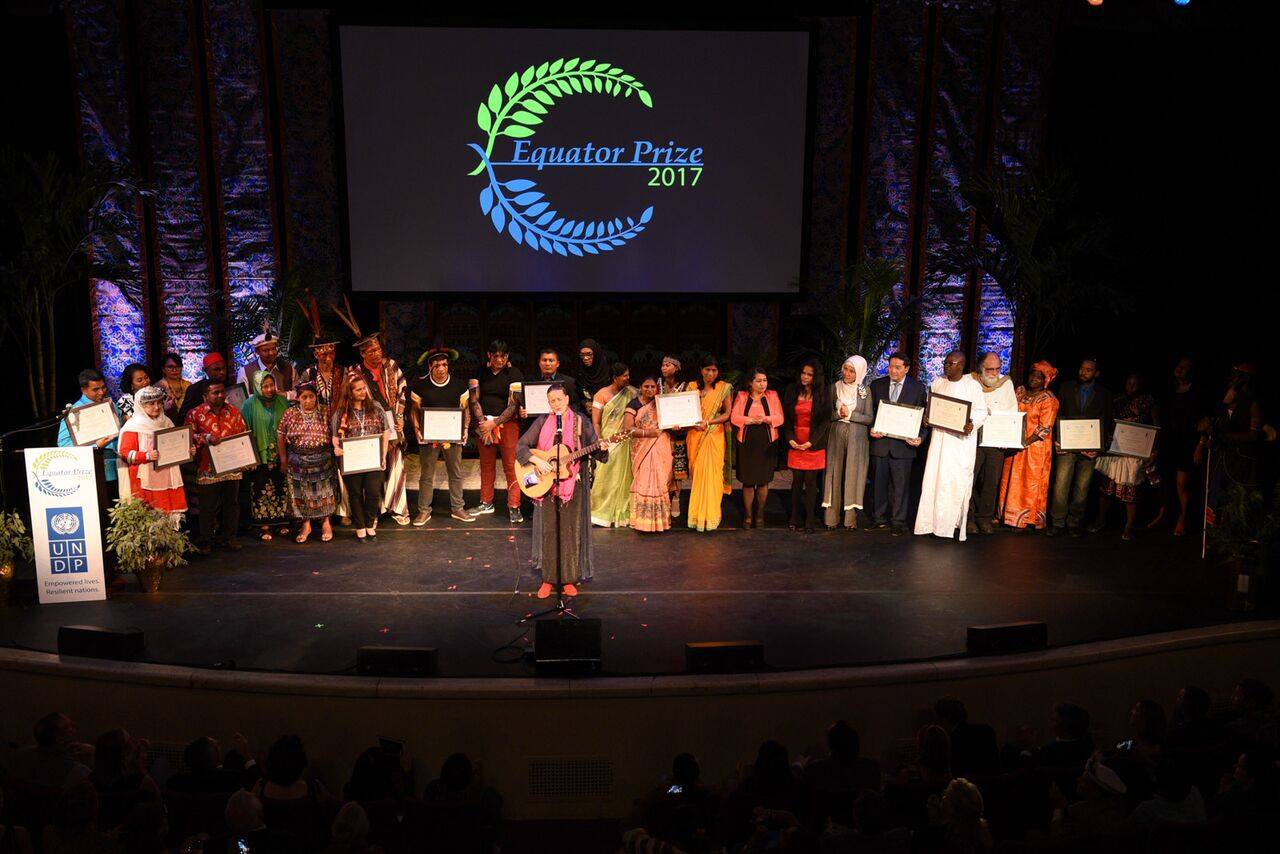
Photo Credit: Community Baboon Sanctuary
The exposure that the CBSWCG received through the Equator Initiative prize in 2017 will hopefully increase our reach to the world that will lead to a better-equipped office with adequate human resources in the near future. However, we will continue to impact lives with the little we have, that is what matters most to us. If people are happy, wildlife will increase, the forest will regenerate on its own and the effects of climate conditions will lessen.
As women, we need all the support we can get to make our effort successful and sustainable. More women are now becoming involved in conservation, New women’s group are emerging in other communities with a similar vision as the CBSWCG. We believe that women are agents of change and must not be underestimated.
The CBSWCG has proven that if given equal opportunities our impacts will be seen and felt worldwide in our households, our environment, our children, our schools, our workplace, on the street corners, in the areas once branded forbidden because of poverty, rape, crimes, gangs and drugs.
We have been implementing most of the SDGs, without realizing it: We promote gender equality, poverty reduction, life on land, and life under water, we form partnerships and social networks, we call for decent work for economic development, we fight climate change. Together with our community, with local and global support, we can make the changes to achieve sustainable communities, “it’s no one but ourselves”.





